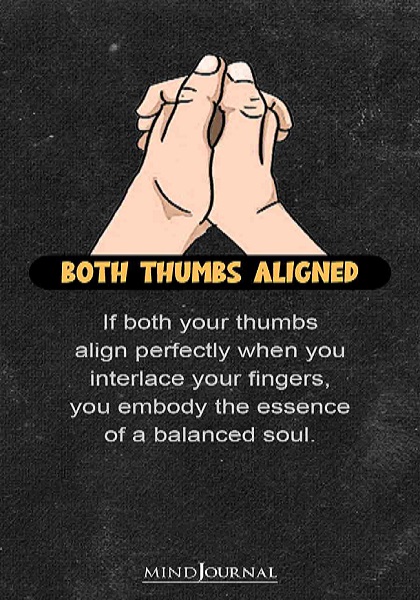Palmistry, or chiromancy, is the practice of interpreting the lines and features of the hands, including the thumb, to gain insight into a person’s character and potential future. However, it’s important to note that palmistry is not considered a scientifically validated method for determining a person’s nature or predicting their future. It is often regarded as a pseudoscience or a form of entertainment.
That said, here are some general interpretations associated with the thumb in palmistry:
- Thumb Length: The length of the thumb can be associated with willpower and determination. A longer thumb is sometimes thought to indicate a strong will and assertiveness, while a shorter thumb might be seen as a sign of adaptability and flexibility.
- Thumb Flexibility: The flexibility of the thumb joint can be linked to a person’s ability to compromise and adapt. A flexible thumb joint might indicate someone who is open to new ideas and willing to adjust, while a stiff thumb joint could suggest a more stubborn or resistant personality.
- Thumb Angle: The angle at which the thumb is held against the hand can be interpreted. A thumb held more outwardly could be seen as a sign of independence and individuality, while a thumb held closer to the hand might suggest a more cautious or reserved nature.
- Thumb Shape: The shape of the thumb, particularly the tip, can also be considered. For instance, a square-shaped thumb tip might be associated with practicality and reliability, while a pointed tip could suggest creativity and intuition.
- Thumb Lines: In palmistry, there are lines on the thumb that are said to reveal aspects of a person’s personality. However, these lines are not as prominent as the lines on the palm itself.
It’s important to reiterate that palmistry lacks scientific evidence and is generally regarded as a form of folklore or entertainment. While some people find enjoyment in exploring these interpretations, it’s not a reliable method for gaining deep insights into a person’s nature. If you’re interested in understanding someone’s personality or character, it’s generally more accurate to engage in open conversation and spend time getting to know them.

